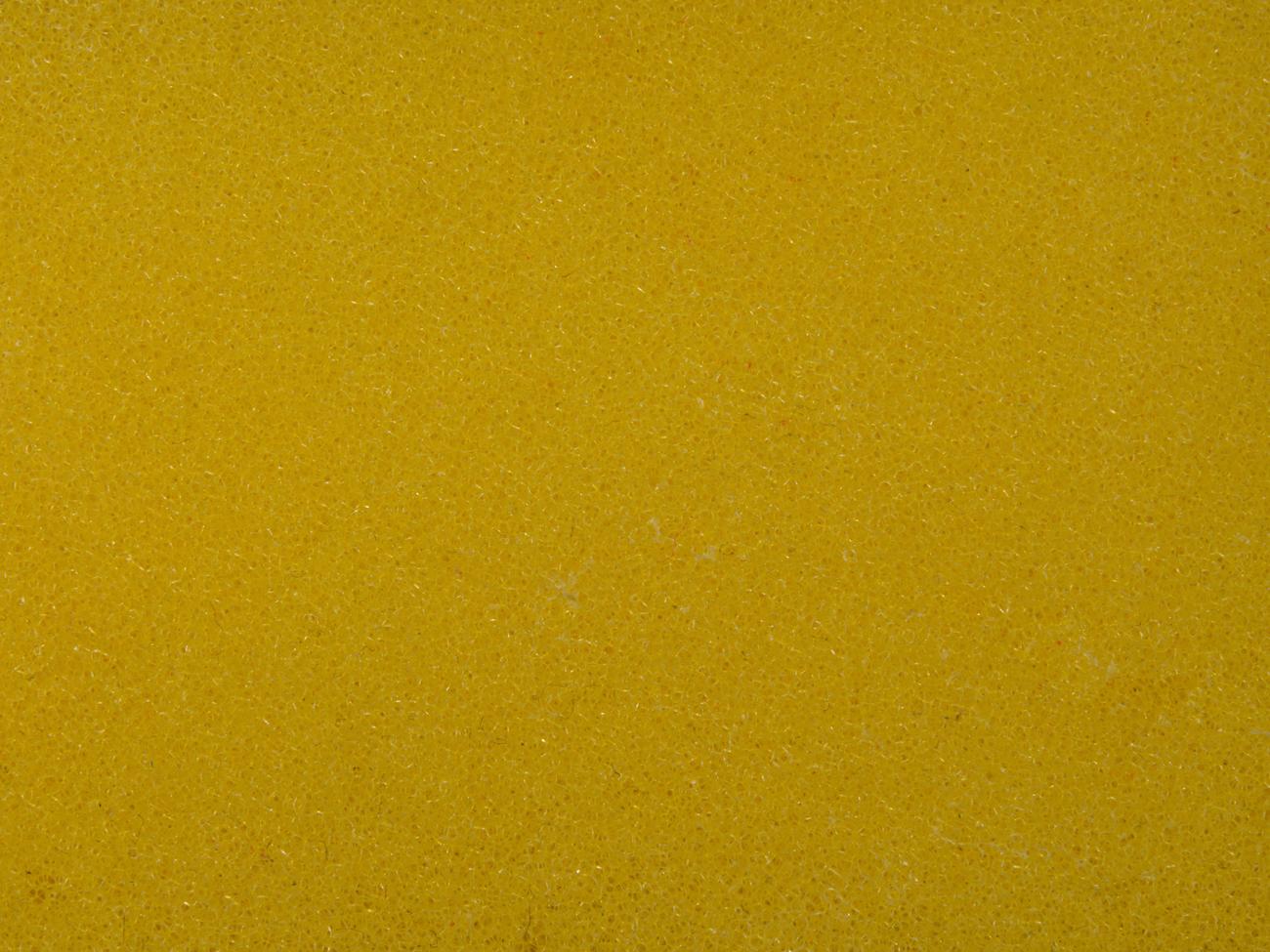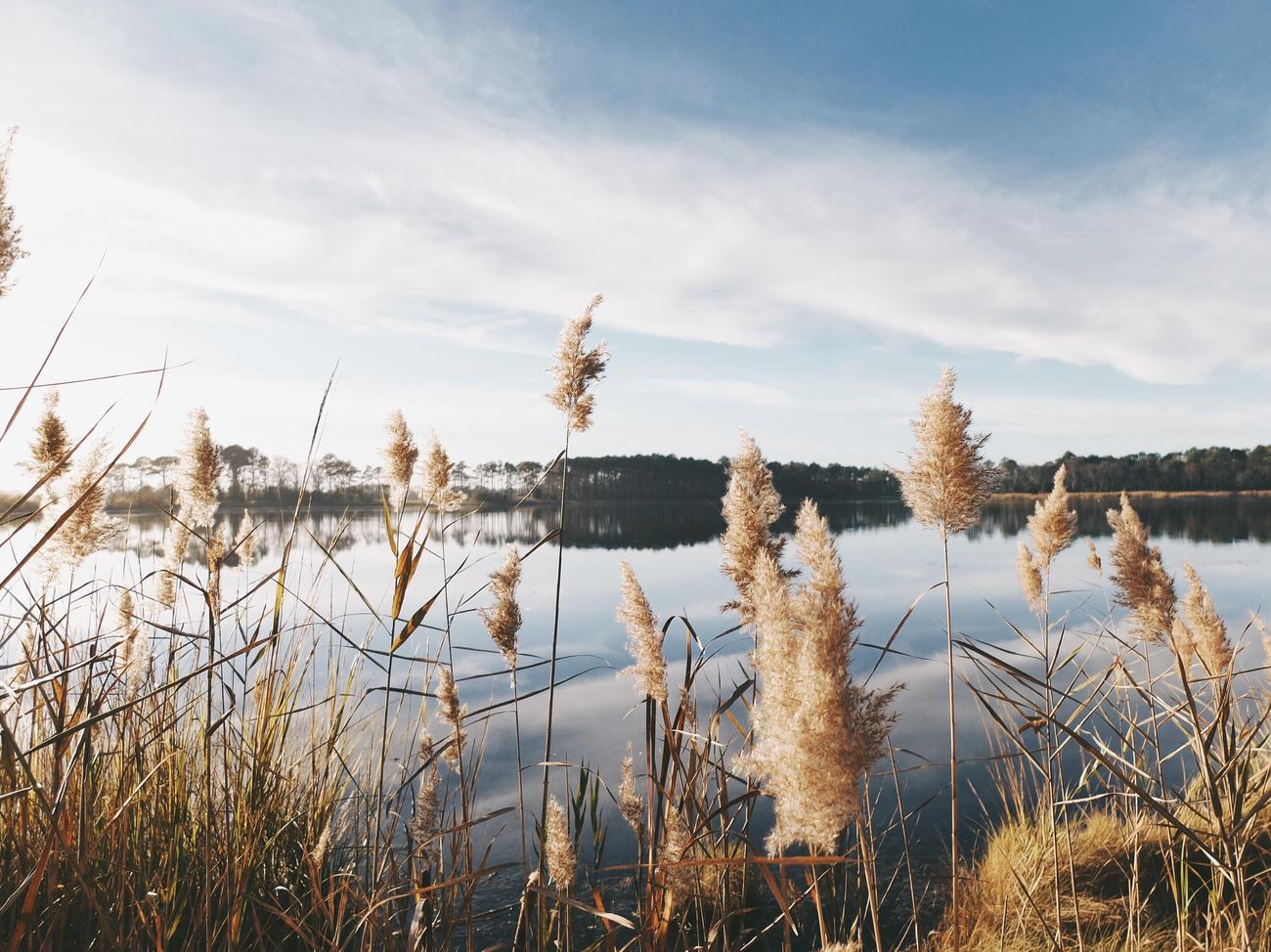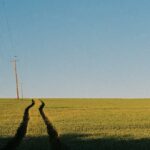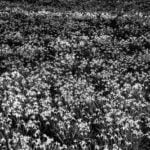Welcome to the cotton universe, where a comprehensive understanding of this versatile and beloved textile awaits. In this article, we will dive deep into the world of cotton, unraveling its secrets and shedding light on its intricate journey from cultivation to consumption. Whether you’re an industry insider seeking to expand your knowledge or a curious enthusiast eager to explore the wonders of this natural fiber, prepare to embark on a fascinating journey that unveils the complexities and endless possibilities of cotton. From its environmental impact to sustainable practices and its optimal use in fashion, home decor, and beyond, let us embark on an exploration that will broaden our horizons and deepen our appreciation for the timeless allure of cotton.

A Comprehensive Understanding of Cotton
Cotton, often hailed as the “fabric of our lives,” holds a special place in the textile industry. With its soft and fluffy fibers, cotton is not only a symbol of comfort but also a versatile material that has found its way into countless products, from clothing to home decor.
So, what exactly is cotton?
Cotton is a natural fiber that grows around the seeds of cotton plants. These fibers are composed mainly of cellulose, but they can also contain small amounts of waxes, fats, pectins, and water. This unique composition gives cotton its distinctive properties, making it highly desirable in various applications.
The Journey from Plant to Fabric
To transform cotton from its raw state to the fabric we know and love, several processes are involved. Let’s dive deeper into these fascinating steps:
Cultivation and Harvesting: Cotton is one of the world’s leading agricultural crops, grown in regions with favorable climates. The first step is the cultivation of cotton plants, which involves careful planting and nurturing. Once the cotton plants mature, their bolls burst open, revealing the fluffy cotton fibers within.
Ginning and Spinning: The next crucial step is ginning, which involves removing the seeds from the cotton pods. This process ensures that only the precious cotton fibers are retained. The separated fibers are then spun to create yarns. Spinning is where the magic happens, as the cotton fibers are twisted together to form these essential building blocks of textiles.
Weaving and Knitting: In the final stages, the yarns obtained from spinning are used to create fabrics through weaving or knitting techniques. Weaving involves interlacing the horizontal (weft) and vertical (warp) yarns, resulting in a structured fabric. On the other hand, knitting uses interlocking loops of yarn to create a flexible and stretchable fabric. These processes bring the cotton fibers to life, showcasing their versatility and adaptability.
The Intricacies of Cotton
While cotton may seem simple on the surface, it possesses a fascinating world of complexity. Exploring the intricacies of cotton allows us to better understand its characteristics and applications. Let’s take a closer look at some noteworthy aspects:
Moisture Absorption and Shrinkage: Cotton has the remarkable ability to absorb moisture readily, making it an ideal choice for clothing and towels. However, this moisture absorption also means that cotton fabrics can shrink when exposed to water. Understanding this property is crucial for maintaining the shape and fit of cotton garments.
Cotton Lint and Fiber Evolution: Have you ever wondered why cotton fibers are so fluffy? The answer lies in their evolutionary purpose. Cotton lint, made entirely of cellulose, evolved to protect the seeds of the plant. This protective layer not only offers insulation but also makes the fibers lightweight and airy, contributing to their unique softness.
Cotton Classing: To ensure consistent quality and standardization in the cotton industry, cotton classing plays a vital role. It involves the measurement and classification of cotton based on specific physical attributes. The practice of cotton classing dates back to 1907, and over the years, it has evolved from relying on human senses to employing high-volume, precision instruments for objective measurement.
Unraveling the Cotton Universe
Understanding the intricacies of cotton opens up a world of possibilities. Whether you’re a fashion designer, a home decor enthusiast, or simply curious about this incredible fiber, comprehensive knowledge of cotton empowers you to make informed choices and appreciate its significance in our lives.
As we journey through the cotton universe together, we’ll explore its environmental impact, delve into sustainability practices surrounding cotton cultivation and processing, and uncover its optimal use in fashion, home decor, and other consumer products. Get ready to discover the hidden gems within the realm of cotton!
Key Point: Cotton, the soft and versatile fiber grown around the seeds of cotton plants, has captivated the textile industry for centuries. Understanding the journey from plant to fabric, exploring the intricacies of cotton, and unraveling the cotton universe allows us to appreciate the depth of this remarkable material. Let’s embark on this comprehensive exploration of cotton and unlock its secrets together.
So, are you ready to dive into the world of cotton? Let’s begin our journey of comprehensive understanding!
Cotton, a versatile and essential fabric, has a rich history and fascinating facts waiting to be discovered. Are you ready to unravel 25 incredible insights about cotton? Click here to embark on a journey through the intriguing world of cotton: 25 Facts About Cotton. From its origins to its impact on the global economy, delve into the hidden stories behind this remarkable textile. Get ready to have your curiosity piqued and your knowledge expanded as you explore this mesmerizing topic. Let’s dive in and uncover the secrets of cotton together.

FAQ
Question 1: What is cotton?
Answer 1: Cotton is a soft, fluffy staple fiber that grows around the seeds of cotton plants. It is primarily composed of cellulose, with minor percentages of waxes, fats, pectins, and water.
Question 2: How is cotton cultivated and processed?
Answer 2: Cotton cultivation involves growing cotton plants and harvesting the cotton pods. The seeds are then removed from the cotton pods through a process called ginning. The cotton fibers are spun together to form yarn, which is woven or knitted to create fabrics.
Question 3: What are the uses of cotton?
Answer 3: Cotton is widely used in various industries, especially in fashion and home decor. It is used to create clothing, bed sheets, towels, curtains, and many other consumer products.
Question 4: Can cotton absorb moisture?
Answer 4: Yes, cotton has the ability to absorb moisture readily. This property of cotton makes it comfortable to wear and use in various applications where moisture absorption is desired.
Question 5: What is cotton classing and why is it important?
Answer 5: Cotton classing is the measurement and classification of cotton based on specific physical attributes such as staple length. It helps in determining the quality of the cotton and ensures uniformity in cotton standards. Cotton classing has evolved from human senses to high-volume, precision instruments for objective measurement.
- China II Review: Delicious Food & Speedy Service - April 17, 2025
- Understand Virginia’s Flag: History & Debate - April 17, 2025
- Explore Long Island’s Map: Unique Regions & Insights - April 17, 2025
















